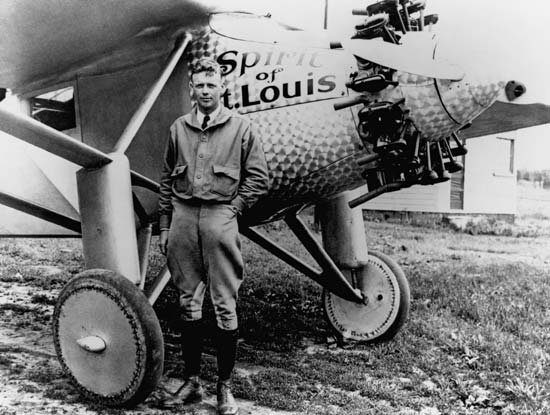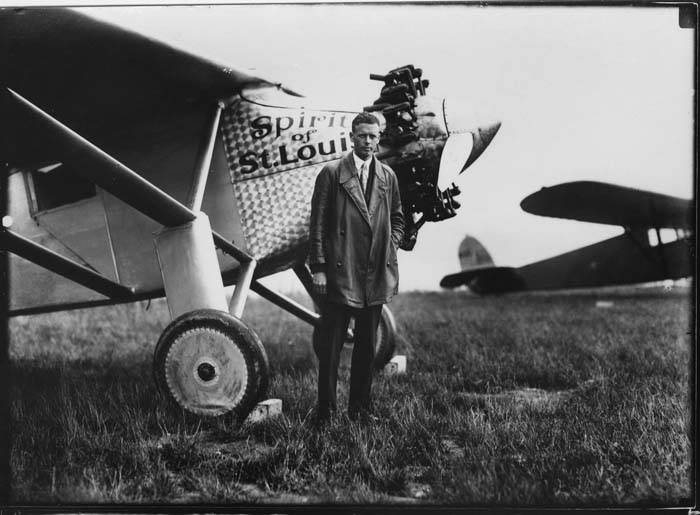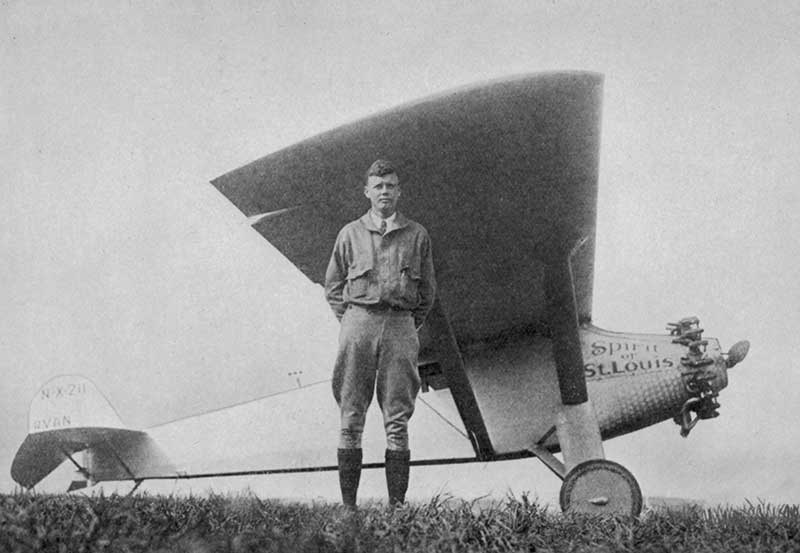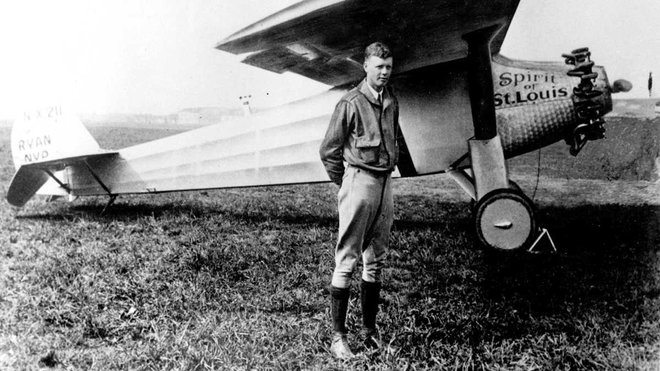Charles Lindbergh Flies the First STL to Chicago Air Mail Run: April 14, 1926
Charles Lindbergh flew the first air mail run between St. Louis and Chicago on this date in 1926. His employer, Robertson Aircraft Company of St. Louis would grow into American Airlines. Lindbergh crashed twice on this St. Louis to Chicago run and fellow pilots began calling him “Lucky Lindy.”
Before rising to international fame for his solo transatlantic flight in 1927, Lindbergh had a daring and turbulent career as a mail pilot on the St. Louis to Chicago route. This period was marked by numerous challenges and perilous situations, particularly notable for the several crashes from which he remarkably walked away unscathed.
Lindbergh began flying the mail for Robertson Aircraft Corporation on April 14, 1926. The route he flew was a part of the Contract Air Mail Route 2 (CAM-2), which connected St. Louis, Missouri, to Chicago, Illinois. This role required flying in all kinds of weather, navigating primarily by the use of dead reckoning and following rudimentary landmarks, a challenging task that tested the skills and resilience of any aviator.
One of the most significant incidents occurred in November 1926. While flying through a dense fog, Lindbergh found himself unable to maintain visual contact with the ground—an essential aspect of navigation at the time. His determination to complete the delivery led him to continue flying until his plane ran out of fuel. He was forced to make a nighttime parachute jump, leaving his aircraft to crash. Miraculously, he landed safely, and the mail he carried was subsequently recovered and sent on to its destination.
Another notable incident happened just a few months later, in February 1927. Lindbergh was again forced to bail out when his aircraft, overwhelmed by bad weather and mechanical failure, began to come apart mid-flight. He parachuted into a pitch-dark field, narrowly escaping death. Again, his survival was seen as a testament to both his flying skills and his sheer luck.
These incidents were pivotal not only in illustrating Lindbergh’s determination and bravery but also in demonstrating the inherent risks of early air mail service. Despite these dangers, Lindbergh’s experiences as a mail pilot provided him with invaluable flight experience and a reputation for courage and reliability, which helped lay the groundwork for his historic flight across the Atlantic. The incidents also highlighted the evolving nature of aviation technology and the need for improved safety measures, which would gradually come to shape the future of commercial aviation.
Related Posts
Charles Lindbergh is Born: February 4, 1902
Birthday of St. Louis resident (as an adult), Charles Lindbergh who flew the Spirit of St. Louis.
November 3, 1926
This date in Missouri history: Airmail pilot Charles "Lucky Lindy" Lindbergh survived his fourth parachute jump. His plane ran out of fuel over Bloomington, Illinois.
September 30, 1926
With engine failure in his mail plane, Lucky Lindy (Charles Lindbergh) glided in for a safe landing in a farm field. Two weeks earlier his plane ran out of gas near Chicago and he was forced to bail out.




